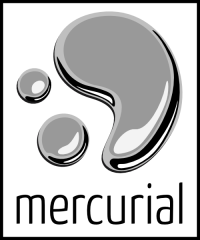About two years ago I wondered if RDF Schema had become merely a layer of OWL or if anyone used RDFS by itself without OWL. My theory was that because tools such as TopBraidComposer, Protege, and SWOOP that let you design RDFS vocabularies also let you assign OWL properties to your classes, people used those because they were there, and we ended up with few pure RDFS vocabularies.
I recently had to convert a few Microsoft Word documents to DITA XML and thought it would be worth sharing my notes on the steps I took. To summarize, I opened each Word document with OpenOffice 3.1, saved it as a DocBook XML document, and then converted that to DITA with the XSLT stylesheet from a DITA plugin that I found. Images were a little more trouble, but at least I was able to eventually automate that part as well, dispelling my worries that I’d have to add all the image references…
When most people want to take notes on a collection of things, and they know that the notes will have some structure but they’re not sure about the nature of that structure just yet, they use a spreadsheet. For each thing that they take notes on, they add a new row; for each attribute of the things under review, they add a column. From an investment banker comparing potential investments to a scout leader planning a camping trip, the grid makes it easy for you to compare similar attributes…
Last May, in Adding semantics to make data more valuable: the secret revealed, I showed how storing a little bit of semantics about the word “spouse”—the fact that it’s a symmetric property (that is, that if A is the spouse of B, then B is the spouse of A)—let me look up someone’s home phone number in my address book even if my entry for him there lacks his home phone number. I like this story because unlike biotech and some of the other popular domains for Semantic Web…
I’ve switched around between music-playing programs over the last few years. I suppose I should call them “media players”, but I only use them to play music, which is part of the reason I ended up using Songbird, an open source Windows/Linux/Mac music front end that doesn’t pretend to be anything else. It looks a bit like iTunes, without all the ads in your face; how great is that?
As with SQL, SPARQL’s most popular verb is SELECT. It lets you request the data you want from a collection, whether you’re asking for a single phone number or you want a list of first and last names and phone numbers of all employees hired after January 1st, sorted by last name.

